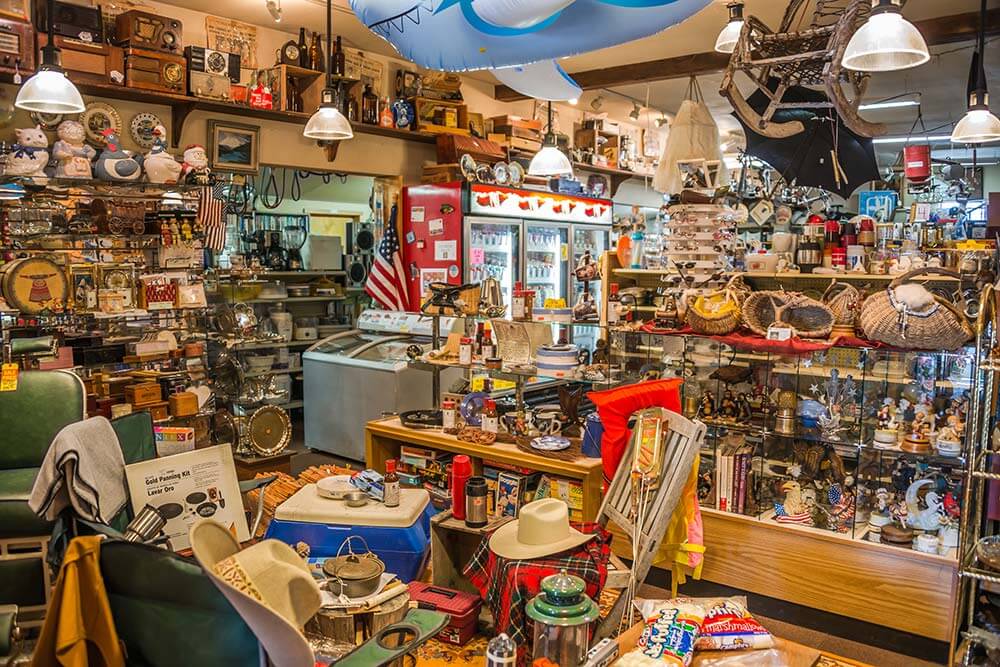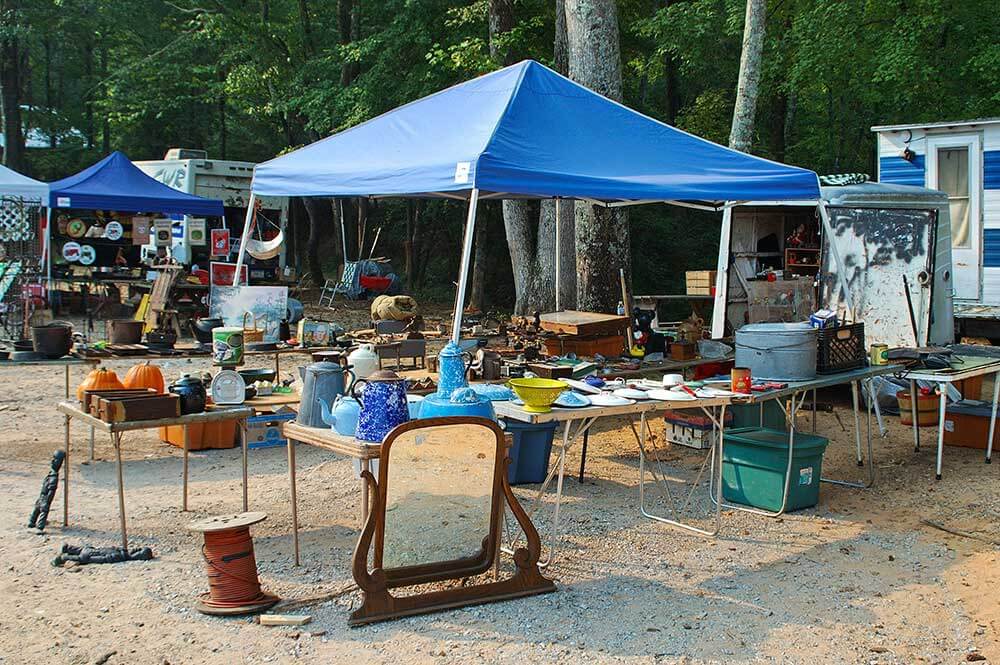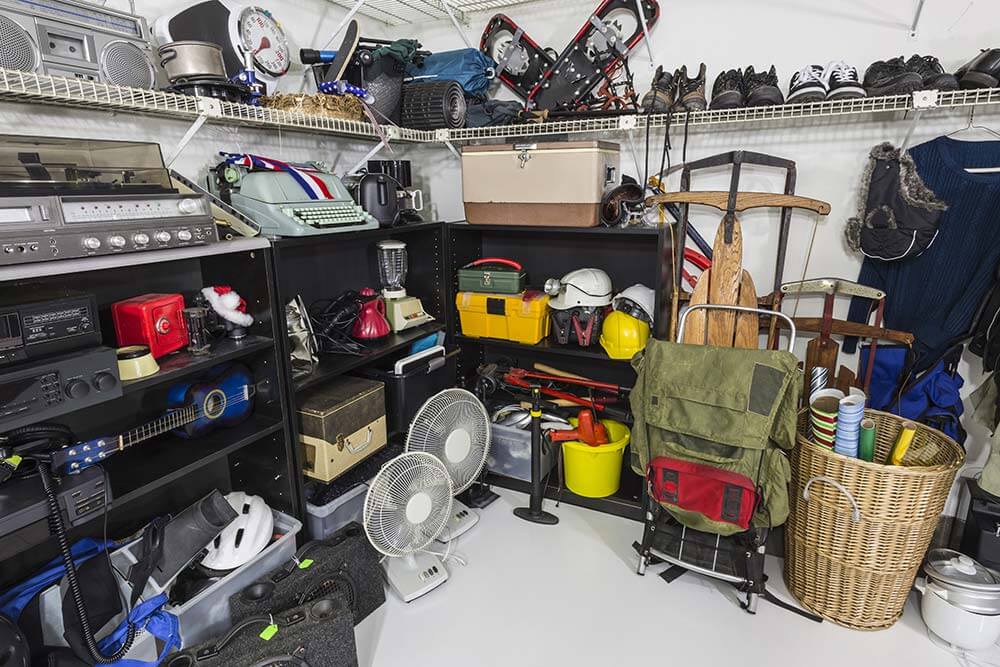GOOD GEAR DOESN’T ALWAYS HAVE TO COST A SMALL FORTUNE
I’ve wasted lots of money in recent years believing I needed the latest, most specialized gear.
They say you should always keep moving forward in life. In this instance, however, I needed to look back into my personal history and learn from it. Growing up, I always had to “make do,” as my mom would say, with the few things I had. Even as a young adult I had to budget every dime because my priorities were my wife and children whom I needed to support.
This critical trip down memory lane led to an eye-opening realization: with just a few exceptions, I really wasn’t at much of a disadvantage when I had fewer possessions and such a small budget for things such as outdoor gear, personal defense equipment, and emergency preparedness supplies. The truth is that, even with just a modest income, you can live a self-reliant life quite happily and effectively.
LEARN FROM THE PAST
I used to be puzzled about why my parents and grandparents had all the junk squirreled away in their homes. But living through the Great Depression of the 1930s taught them to be frugal and to repurpose whatever they could. They weren’t hoarders in the extreme, but they never seemed to throw much away that could be useful. My generation tends to emphasize ditching the old, and getting rid of the clutter. We tend to live by the mantra, “If you don’t use it, lose it.”
“The truth is that, even with just a modest income, you can live a self-reliant life quite happily and effectively.”
Among a select faction of young folks these days, there seems to be a resurgence of this idea of repurposing things, primarily I believe, to reduce waste for environmental reasons. But in these days of shortages and high prices, making do with what you have might be a good idea economically, too.
IS IT NECESSARY?
The first question you need to ask yourself before spending money on new gear is this: “Is it really necessary?”
Generations of hunters and hikers used to put on old clothes to head to the woods. They didn’t need the latest miracle fabrics and computer-generated camo patterns. Remember riding a bicycle in any old pair of shorts? You didn’t need stretchy pants and a Tour De France jersey.

My focus is often on camping gear because I use it for recreation and cheap vacations, knowing that it also can serve well in the wake of a disaster or other survival situations. One thing you’ll notice when it comes to the prices of such gear is that you pay a premium for portability.
Lightweight gear of good quality usually costs more. If you’re backpacking for miles, weight might matter and you might need to spend more for your pack, tent and sleeping bag. If you’re camping out of a vehicle, weight might not be an issue. You decide.
NEW BARGAINS
When it comes to stocking emergency food supplies, my wife shops as a budget-minded consumer and not necessarily as a prepper. She buys things when they are on sale – 10 cans of soup for $10, for instance.
Shopping this way, we save some money and always have enough food on hand to feed a small army of ill-equipped relatives for several months in the event of an emergency. We never have to scramble when there’s an approaching storm.
“Purchasing decisions can become difficult, however, in instances when buying the least expensive product isn’t the most cost-effective in the long run.”
For new gear, look early or late for the best deals. By that I mean you’ll find the best prices most often when companies offer special introductory prices when products are new and special clearance prices later when products are being discontinued.
Purchasing decisions can become difficult, however, in instances when buying the least expensive product isn’t the most cost-effective in the long run. That’s when doing some research can make a difference. Good tools should last several lifetimes. Shoddy equipment will likely fail when you need it most.
BUY USED
If it’s important to you to trade a vehicle as soon as the new-car smell is gone, you’ll probably spend thousands more in the process. I was well into my 30s before I bought my first new car. Until then, I was always able to find dependable transportation at an affordable price and I never minded a few scratches or dings that came with it.
Some of the best bargains in firearms come by buying a name-brand gun used rather than buying a cheapo new. Often you can find one that’s scratched or, in the case of a handgun, has some holster wear, but is otherwise mechanically sound. Rifles used for hunting deer and other big game often have very few rounds fired through them.

SHHAASE ¡ DREAMSTIME.COM
Many years ago, I found a police trade-in Smith & Wesson Model 10 .38 Special revolver at a gun show for almost nothing. Blued revolvers with four-inch barrels were losing popularity at the time. Everyone wanted high-capacity semi-autos. That S&W has proven to be one of the most accurate handguns I own.
Many times you just need to be a little nosy to find the best deals. Do you know someone who just bought an RV or trailer? Maybe they have a good tent that wouldn’t mind selling.
GARAGE SALE PICKS

trekandshoot / Dreamstime.com
If you’re on a budget, don’t overlook hidden treasure you can often find at garage sales. Look past the rumpled, out-of-style clothing, children’s games with missing pieces, ornamental glass knickknacks and mostly bald tires. Your next hunting/survival knife might be waiting there.
Need pots, pans and utensils to outfit your camp kitchen? A garage sale is the place to shop for them. I’ve picked up cooling trays intended for baked goods and have used them for outdoor grills over campfires.
MAKE YOUR OWN

Roman Novitskii / Dreamstime.com
Items bound for the trash can or recycle bin can often be repurposed and put to good use. Small, plastic yogurt containers make great, lightweight cups for camping and backpacking. In the March issue of AOG Boundless, I showed the combination alcohol/hobo stove kit I made from aluminum cans.
For toting water to camp, most times I use one-gallon Arizona iced tea jugs (thoroughly washed and with a couple drops of bleach). A five-gallon bucket with lid becomes a mouse-proof gear container and a camp stool in one.
Want to get more basic? Get into bushcraft and improvise what you need from materials you source at your campsite.
SOME EXCEPTIONS
Of course, you can’t skimp on everything. For cold weather camping, you don’t want to be on the verge of hypothermia because your sleeping bag is inadequate. I’ve been there. You could end up totally lost with a cheap compass. And you don’t want to bet your life on a cheap defensive handgun that’s not totally reliable.
Still, by shopping around and not buying on impulse, you can get the most for your hard-earned dollars. Learn to be frugal now and if things get tougher, you’ll be better prepared to “make do.”
A version of this article first appeared in the June 2022 issue of American Outdoor Guide Boundless.

